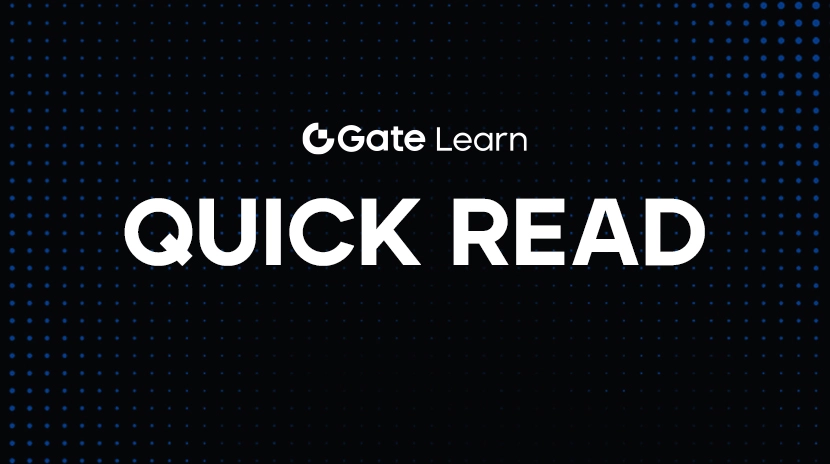What is the funding rate? Understand the key mechanism of Futures Trading in one article.
What is the funding rate?
The funding rate is a fee adjustment mechanism used in the perpetual contract market to align the contract price with the spot price. Unlike traditional futures, perpetual contracts do not have a fixed delivery date, so a mechanism is needed to periodically recalibrate price deviations, which is the funding rate. The funding rate is the holding cost between the long and short positions:
- If the funding rate is positive (>0), the long position must pay fees to the short position.
- If the funding rate is negative (<0), the short position (shorts) needs to pay fees to the long position (longs).
This mechanism allows market participants to self-regulate based on price deviations, bringing the price back closer to the level of the spot price.
Simple calculation method for funding rate
The funding rate is usually calculated every 8 hours (this may vary slightly across platforms) and consists of the following parameters:
- funding rate = interest rate differential + premium index
Among them:
- Interest Rate Difference (利率差): Simulates the opportunity cost of holding assets versus borrowing assets.
- Premium Index: Measures the difference between the contract price and the spot price.
For example:
When the price of the BTC perpetual Futures Trading contract is higher than the spot price, the funding rate is positive, and the longs pay fees to the shorts, and vice versa.
Why is the funding rate important?
When the funding rate is positive, it indicates strong demand for long positions in the market, with most people expecting prices to rise; conversely, a negative funding rate suggests that bearish sentiment prevails, and the market is leaning towards a downward trend. This shift in rates between long and short positions not only directly affects the cost of holding positions but also indirectly reflects the current market sentiment. Therefore, the funding rate is not just a variable for profit and loss, but also an important indicator for real-time observation of market trends.
funding rate arbitrage strategy
When the funding rate deviates from 0 for a long time, a so-called funding rate arbitrage opportunity arises. This strategy is common among institutional players or capital-efficient traders. Basic operation:
- Buy Spot (Bullish)
- Simultaneously short perpetual contracts (hedge price risk)
- Only receive funding rate (if the funding rate is positive, you will receive the fee)
This arbitrage method is very popular when the funding rate is extremely high during a bull market, as it does not require market judgment and can achieve stable profits. However, it is also important to be aware of potential variables such as transaction fees, liquidity, and liquidation risks.
The difference in funding rates between trading platforms
The funding rate models, calculation methods, and frequencies may vary among different trading platforms, and these differences may also lead to arbitrage opportunities or risks.
Funding Rate Traps and Common Misunderstandings
- Only look at the funding rate, not the market conditions: The funding rate reflects sentiment, but it is not an absolute signal for reversal. The market may continue to rise (or fall) even under high funding rate conditions.
- Ignoring fees and slippage costs: Arbitrage strategies need to account for fees and spreads, otherwise it may be in vain.
- Overusing high leverage: When the funding rate is high, it is easy to be tempted to enter with high leverage, but if the market reverses, losses can accumulate very quickly.
If you want to learn more about Web3 content, click to register:https://www.gate.com/
Summary
In the highly volatile cryptocurrency market, understanding the funding rate is not just about grasping trading logic, but also about knowing how to control risks and seize opportunities. Whether you are a day trader, a long-term arbitrageur, or a strategy bot developer, the funding rate is a core metric that you absolutely cannot overlook. By observing, comparing, and applying this mechanism, you can more effectively formulate trading plans and even find stable profit opportunities when the market seems to have no chances.
Related Articles

Pi Coin Transaction Guide: How to Transfer to Gate.io

What is N2: An AI-Driven Layer 2 Solution

How to Sell Pi Coin: A Beginner's Guide

Grok AI, GrokCoin & Grok: the Hype and Reality

Flare Crypto Explained: What Is Flare Network and Why It Matters in 2025
